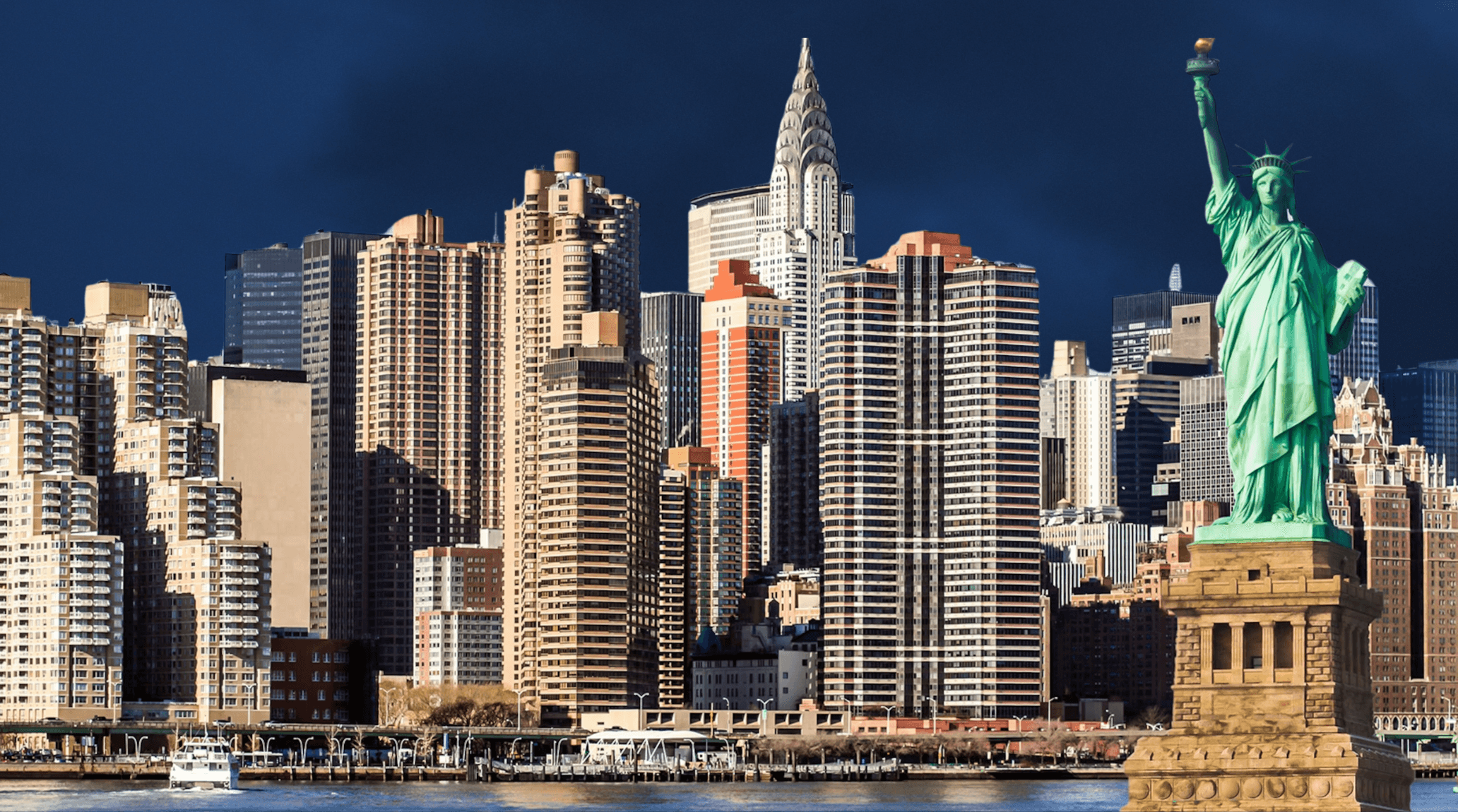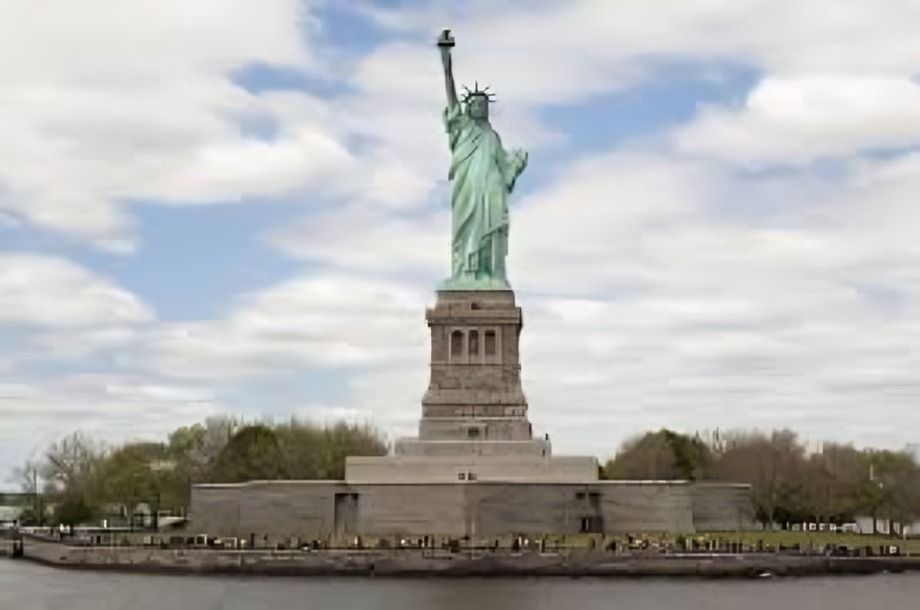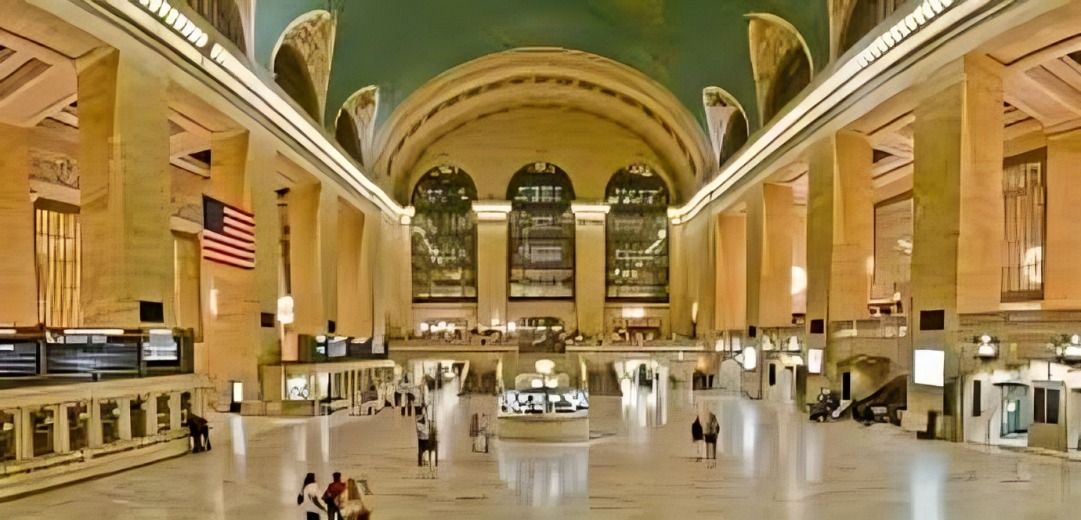
“
New York City, often called "The Heartbeat of the Big Apple," is a global center of culture, history, and innovation. From its iconic skyline to the bustling streets of Manhattan, NYC has always been a place where dreams are made. In this blog, we’ll dive into the New York City factsheet: The Heartbeat of the Big Apple, uncovering 20 amazing facts about this vibrant metropolis. Whether you're a resident, a visitor, or simply curious about the city, these facts will give you a deeper appreciation for one of the world’s most influential cities.1
1
”
New York City, known as the "melting pot," symbolizes global diversity. Historically a hub for immigrants, it now hosts 800 languages, making it the world’s most linguistically diverse metropolis. 1
The Federal Reserve Bank of New York houses the world’s largest gold reserve, stored 80 feet underground, with an estimated value of $90 billion, securely protecting this immense treasure. 2
Central Park spans 843 acres, making it larger than Monaco. It features lush landscapes, serene lakes, and cultural monuments, attracting millions of visitors annually seeking relaxation and entertainment. 3
The Brooklyn Bridge, finished in 1883, was the world’s longest suspension bridge at 1,595.5 feet. It connects Manhattan and Brooklyn, featuring strong stone towers and spanning the East River. 4

The Statue of Liberty, gifted by France in 1885, arrived disassembled in 350 parts. It symbolizes freedom and stands prominently in New York Harbor, welcoming millions of visitors yearly.
Times Square, known for its bright billboards, 24/7 businesses, and bustling crowds, is a hub of the Broadway Theater District and a major center of global entertainment and tourism. 5
The New York Public Library, with 53 million items and 92 locations, is the world’s largest municipal library. It preserves iconic landmarks and reflects over a century of New York's rich history. 6
The City Hall station, located under City Hall Park in Manhattan, was the southern terminal of New York City's first subway line. Built by the IRT in 1900, it’s now closed and a historic site. 7
Culinary inventions in New York include iconic dishes like eggs benedict, pasta primavera, and spaghetti and meatballs. Even the ice cream cone was first introduced here during the 1904 World's Fair. 8

In 1847, New York authorized railroad tracks along Tenth and Eleventh Avenues for the New York Central Railroad’s freight trains. These tracks transported goods like coal, dairy, and beef, supporting local commerce.
Each year, over 200 bird species visit New York City, with 400 recorded, including rare finds. Migrating birds rest and refuel in the city, attracting passionate birdwatchers to observe their journeys. 9
Manhattan’s grid system, established in 1811, is a pioneering urban planning achievement. It simplified navigation and influenced city designs worldwide, contributing to New York's iconic layout. 10
New York has over 2,000 bridges and tunnels connecting its five boroughs. The George Washington Bridge alone handles over 100 million vehicles annually, showcasing engineering brilliance.11
The New York City subway, spanning 665 miles with 25 lines and 472 stations, is North America’s largest and busiest transit system and ranks among the world’s greatest metro networks. 12
Times Square attracts nearly 380,000 daily visitors. Its iconic New Year’s Eve celebration, featuring the ball drop tradition since 1907, draws global attention and festive crowds annually. 13

Grand Central Terminal features the Whispering Gallery, a unique acoustic marvel. It allows whispers to travel across the gallery’s curved ceiling, surprising visitors with its remarkable sound phenomenon.
The One World Trade Center, standing at 1,776 feet, symbolizes resilience. It honors the past while representing progress, making it an architectural and emotional centerpiece in Lower Manhattan. 14
The Met Cloisters, dedicated to medieval European art, offers an immersive experience. Located in Upper Manhattan, it contrasts New York’s urban skyline with its historical ambiance. 15
Chinatown in Manhattan, the oldest Chinese enclave in the Western Hemisphere, reflects over 150 years of cultural heritage. It boasts authentic cuisine, unique shops, and historical significance. 16
Wall Street’s name originates from a 17th-century wall built by Dutch settlers. Today, it represents global finance and economic influence, evolving from its historical roots into a modern powerhouse. 17


